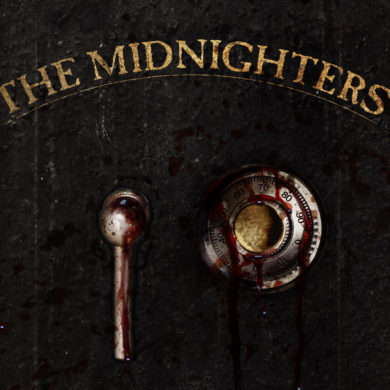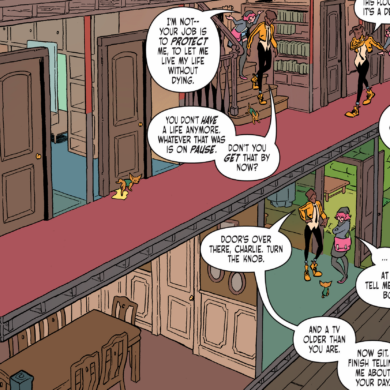Published Date: 07-01-20
By Justin Sanders
For most creatives, when faced with the pervasive problem of litigating infringement of their work, the solution is to hire a lawyer. For photographer Earl Richardson, the solution was to become a lawyer himself.
A former photojournalist, Richardson experienced the decline of the newspaper industry from the inside. At the beginning of his career, when the industry was thriving, he shared a Pulitzer Prize with the photography staff at the Kansas City Star, for their coverage of the city’s tragic Hyatt Regency walkway collapse in 1981. Years later, as director of photography for The Topeka Capital-Journal, he couldn’t even get basic expenditures approved.
“I couldn’t hire stringers. I couldn’t buy supplies,” he told CreativeFuture from his home in Lawrence, Kansas. “After two years of that, I thought, ‘You know what – enough. I’m just going to go work for myself.’”
Richardson became a commercial photographer specializing in education marketing for colleges and universities. His honed documentary approach was perfect for candid shots of student life, and he thrived – but somehow it wasn’t enough. “I just was bored,” he said. “I decided I needed a challenge and I wanted to go to law school.”
Specifically, Richardson wanted to go to law school to study intellectual property law. He had recently tried to print a commemorative poster featuring imagery of his alma mater, University of Kansas, and had become embroiled in a dispute over trademarks. “I wanted to be able to protect myself should something like that become an issue again,” he said. “My wife said, ‘You know, it probably would have been cheaper to just hire an attorney.’ But it wouldn’t have been as much fun!”
That was how, in his late 40s, Richardson became a copyright lawyer specializing in photography cases involving online infringement. He has since let his license lapse, freeing up more time to shoot photos, but still has a lot of good advice for photographers trying to protect their works in an era of rampant internet piracy. Sheltering in place at his home in Lawrence, Kansas, he was happy to offer up that advice and plenty more, during a wide-ranging conversation covering digital vs. film techniques, his pursuit of a 150-year-old photography technique, and what it felt like earning journalism’s highest honor while still a student.
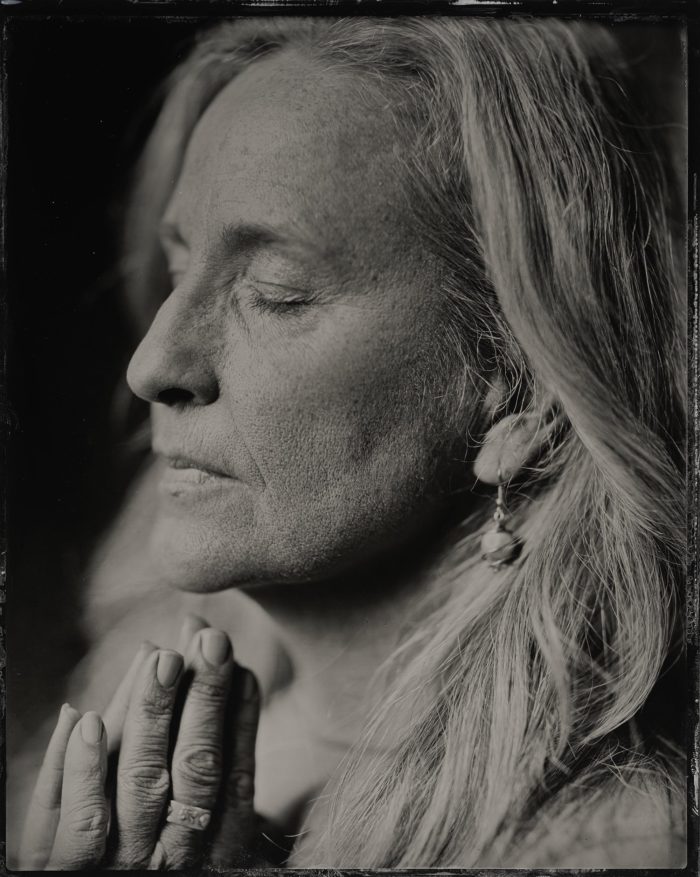
JUSTIN SANDERS: I imagine it must be tough for a photographer during the pandemic, Earl, because you can’t get out and shoot things. How are you holding up?
EARL RICHARDSON: This should be my busy time of year because a lot of what I do is education marketing for colleges and universities. So, every bit of work I had between now and June is gone.
JS: Are you able to scratch the creative itch anyway?
ER: Yeah, I shoot something every day. Usually, it’s my grandchildren, who I still see a lot. I try to document their lives. [Laughs] I would guess that my oldest grandchild, who is nine, has had more pictures made of him than any child in the royal family.
JS: Do you still do photojournalism?
ER: I moved on from journalism about 17 years ago. I’m not in that game anymore, thankfully. It became a much harder game to play.
JS: How so?
ER: Newspapers went from being more of a public trust to being super concerned about profits. The last newspaper job I had was director of photography for The Topeka Capital-Journal, which had a great reputation for photojournalism. It was family-owned but then they sold it to a company that was mandating a profit margin of 37 and a half percent.
Most newspapers at that point were probably in the 10-15% profit range – so, what would happen was that all of our expenditures would be frozen every month. I couldn’t hire stringers. I couldn’t buy supplies.
Finally, after two years of that, I thought, “You know what – enough. I’m just going to go work for myself.”
And pretty much everyone I know who was in the business with me back then have either left it of their own volition, or they’ve been laid off. The industry is just a shell of what it was 20 years ago. It’s very sad.
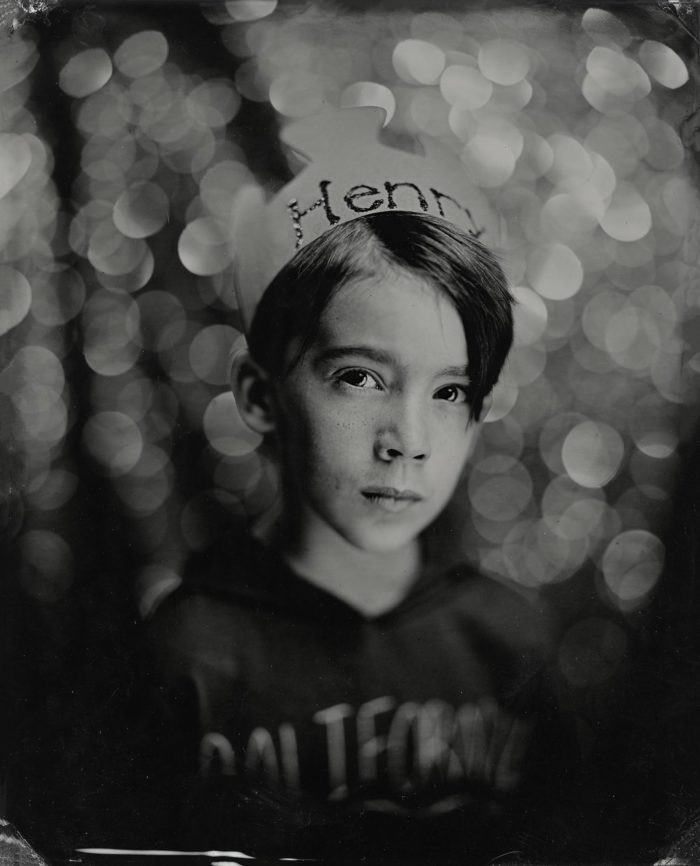
JS: You’re a lifelong resident of Lawrence, Kansas. What was it like growing up there?
ER: Lawrence is one of those places you can’t wait to get out of while growing up, and then once you move away you think, “Hey, that wasn’t so bad.” It’s a great little university town that is located about 25 minutes from the office of the Capital-Journal, which, before I ended up working there myself, really influenced me as a youth. It had probably the best photo staff of any newspaper its size in the country.
JS: How did you become interested in photography?
ER: My dad was a chemist and he had a dark room at home, and one day, when I was about 12 years old, he handed me a camera, an old Argus C3, and a roll of film. He showed me how to load it and how to read a light meter and I just started shooting pictures… and then I was introduced to the dark room.
I remember the first time I saw a print from a negative I had shot come to life in this tray, just magically appearing out of nowhere. I just knew from, from that point on, that I wanted to be a photographer. I took photos for my junior high yearbook, then both my high school yearbook and newspaper, and then I started working in newspapers in college. I got a summer internship at the Capital-Journal, and they liked me, so I stayed on and worked part-time during the school year. About a year after I graduated, a job opened up there, and they offered it to me.
JS: What was your beat?
ER: I did a lot of college sports. Living in or near a college town, it’s a huge thing. College basketball in Kansas has a life of its own.
JS: Sports photography feels like an especially difficult pursuit to me because the human movements you’re trying to capture are so fast and unpredictable. It’s hard even now, with the advent of digital and all the conveniences it offers. What was it like shooting high-octane sports action with traditional film cameras?
ER: You were really limited, comparatively. The fastest black-and-white film they made at the time would still have to be pushed a couple stops, meaning you’re basically under-exposing and over-developing the film to reach a fast enough shutter speed to stop the action.
And, of course, all this was before auto-focus existed, so you had to develop your skill to be able to follow the action, keep it in focus, and shoot it. I remember going to a highway and just sitting in a field with a telephoto lens and practicing as cars came towards me and went away, learning how to follow focus and making it muscle memory.
And then you had a 36-exposure roll of film, so you always had to be mindful because if something was going to happen, you had to reserve film. Nowadays, you can go out with a 128-gig memory card and shot hundreds or thousands of frames in a burst. We used to be limited to five or six frames a second, and you could only shoot for six or seven seconds, and then your roll of film was gone.
At one point, I shot for an agency that used to be called Allsport, before it was acquired by Getty Images. I was getting ready to go to my first assignment for them, a Nebraska-Oklahoma football game, and they Fed-Exed me 20 rolls of 36-exposure film. I remember thinking that I didn’t know how in the world I was going to shoot 720 frames at a football game. Now, with the equipment available, you could go out and sneeze and shoot 720 frames.
JS: The ease of capturing high-quality images caused me to stop posting to Instagram – it just felt like any picture I uploaded had probably been taken by a million other people, and probably taken better. I imagine if I’m experiencing that kind of insecurity, what must a professional photographer be dealing with?
ER: That’s one of the reasons why, about five years ago, I got into wet-plate collodion photography. It’s a 150-year-old process that involves both taking the picture and developing it onsite. It’s very labor intensive. With wet-plate, if I’m going to make somebody’s portrait, I have to spend some time thinking about what I’m going to do, how I want to light it, and how I want to compose it. The process lets you make a picture about every 10-15 minutes – it really forces you to slow down and be more contemplative about what you’re doing, which is really, really nice.
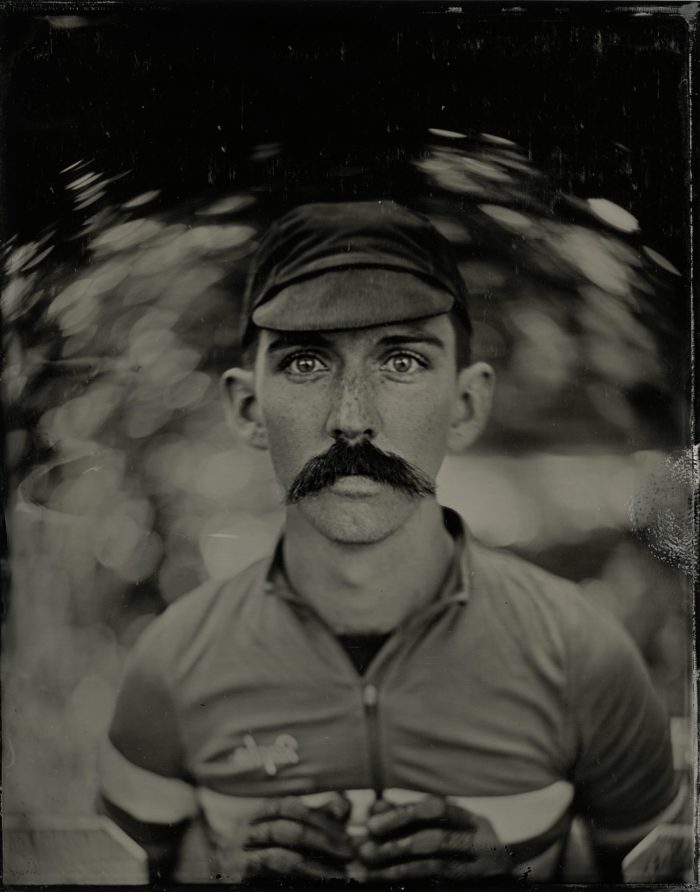
JS: While working for the Capital-Journal, your team won a Pulitzer Prize for their coverage of the 1981 Hyatt Regency walkway collapse in Kansas City. What happened there?
ER: The Hyatt Regency had this atrium lobby where, every Friday evening, they had these tea dances with a lot of retirees and a band playing. There was a walkway that went across the atrium and there was some sort of design flaw. Too many people were on it and so this huge concrete walkway collapsed onto a crowd of people. I think around 180 were killed. It was incredible carnage.
I was an intern at the Kansas City Star at the time. It happened on a Friday night, while I was back here in Lawrence. I’d only been married a few months and I was visiting my wife, who was in school here. I didn’t get word of it until the next morning.
I didn’t ever physically make it into the Regency but I had a photo or two of the subsequent funerals that made it into the coverage that we shared the Pulitzer for.
JS: What is it like winning a Pulitzer?
ER: You feel kind of guilty in a way – that this award you received is for a tragedy that you covered. The best part was seeing at a young age what it takes to do journalism at that level. I just remember seeing how complete the coverage was, how comprehensive. These were consummate professionals doing the best work they could do.
JS: Somehow, during your busy career as a Pulitzer Prize-winning photographer, you also found time to earn your Juris Doctor from the University of Kansas Law School. How did that come about?
ER: I left newspapers in 2003 – and I was really successful and really busy, but then, after about a year, I just was bored. I decided I needed a challenge and I wanted to go to law school. One of the cool things was, after I got accepted, my oldest daughter also applied, and she got accepted. So, my oldest daughter was one of my law school classmates!
JS: You ended up studying copyright law – what sparked that interest?
ER: The year I decided to apply for law school was the same year that the KU’s storied basketball arena, the Allen Fieldhouse, celebrated its 50th anniversary. I wanted to contribute by taking some photos of it and having a commemorative poster printed.
But instead of printing the poster, the printing company requested I talk to KU and make sure I wasn’t in violation of anyone’s copyright. So, I went to do so, and ended up talking to the Kansas University Athletics Department, where a person who was in charge of trademarking threatened me. He said, “If you print this poster, we’re going to sue you.”
I thought I knew what my legal status was, but it was the tipping point toward going to law school. I wanted to be able to protect myself should something like that become an issue again for me, or someone else I knew.
[Laughs] My wife said, “You know, it probably would have been cheaper to just hire an attorney.” But it wouldn’t have been as much fun! I really enjoyed law school.
JS: Did you practice law after you graduated?
ER: When I went to law school, I had no intentions of practicing – I really didn’t. I thought I would do it for three years, pass the bar, come back out, and shoot photos again.
But there was a local civil firm that was interested, and they hired me to clerk, and then offered me a job. [Laughs] As soon as I accepted the job, I regretted it. The only law I was interested in practicing was intellectual property, and we were doing everything but that.
JS: Did you ever get to practice copyright law at the professional level?
ER: Yeah. I left the law firm in 2010 and went back into fulltime commercial photography. Later, I crossed paths with a lawyer named Carolyn Wright, who was getting into wildlife photography. She was interested in hiring me for some of her copyright-related cases but didn’t have enough of them at the time. Then, two years later, she emailed me out of the blue, saying, “We’ve started a firm called photoattorney.com. Are you interested in coming on board?”
And so, from 2012 to early 2016, I worked as a contract attorney representing photographers for Carolyn’s law firm. All of my clients were either photographers or picture agencies and everything was on contingency – if I didn’t collect for a photographer on an infringement, I didn’t get paid.
JS: What kind of cases did you handle?
ER: Typically, we would get involved after a photographer had already contacted an infringer and requested an unlicensed photo be taken down and payment for the usage. Ninety-nine times out of hundred, that initial outreach would be sufficient, but sometimes the infringer would write back, saying, “I’ll take the photo down, but if you think I’m going to give you any money for it, you’re out of your mind.” That’s when the photographer would call us.
So, I would then send out a cease and desist letter, and make a monetary demand, and hopefully get them to settle without going to trial. Because one of the sad truths about copyright infringement is that so many of these infringements are of such low economic value that a lot of times it makes no sense to even go to trial over them.
It’s one big reason why there’s been this push to come up with a copyright small claims court via the CASE Act, which I think would be a wonderful thing.
JS: Too bad the CASE Act is being held up in Congress by Senator Ron Wyden. We’ve talked a lot about how the rise of digital has affected the art of photography – have you seen it affect infringement online as well?
ER: Oh, absolutely. When everything is digital and infinite numbers of perfect copies of your work can go around the world in a heartbeat, it seems to me that the law really needs to catch up with the technology. The DMCA’s notice-and-takedown is just a crude cudgel to wield, and it can’t compete when there is so much misconception about what’s in the public domain, and what isn’t. When I was practicing, I felt like major portions of my time were spent talking to attorneys for the infringers, who would say, “So, what you’re telling me is, if I go on vacation with my digital camera, and I shoot a picture – at the moment I press that button and that picture is recorded on a flash card – there’s a copyright?”
I would say, “I’m not making this up – read the law!”
JS: That’s so distressing that even many lawyers don’t understand how copyright works.
ER: Society in general just doesn’t have any respect for intellectual property. I have a friend who is totally against copyright. He said, “If you put it out there, everyone should have access to it, and then that gets you exposure, and then people will come to you and pay you to do work.
I told him, “Those are the words of somebody who has never created anything that anyone else wanted.”
JS: We like to conclude these conversations by asking the interviewee for advice for someone aspiring to work in their field. But with your background as a lawyer, I’m curious if you have any legal advice for aspiring photographers?
ER: Photographers can oftentimes be their own worst enemy regarding copyright. One of the big issues is, you must always register your copyright to be able to litigate on it. The registration needs to be timely – within three months of first publication – to be able to receive attorney fees and statutory damages or actual damages. If your registration isn’t timely, you can only recover actual damages – typically lost licensing fees – and you can’t receive attorney fees from the infringing party.
So, if you’re going to put stuff on the internet, or if it’s going to be published and you think there’s any chance that it’s going to have some value and someone’s going to take it, you should register that copyright in a timely fashion!
JS: Okay, give us some creative advice, too…
ER: Shoot every day. Don’t be afraid of making mistakes. I didn’t get into this to get rich, but because I loved it. If it’s something you love to do, do it. Do it as often as you can and don’t listen to the critics.
One of the things that I think young photographers think is, “Wow, I have to travel to faraway, exotic places to make nice pictures?” Nope. There are stories to be told everywhere. I tell young photographers, tell the story of your family. Just start there. You don’t have to travel afield to be able to do that.
Everybody has a story to tell. Tell it.


